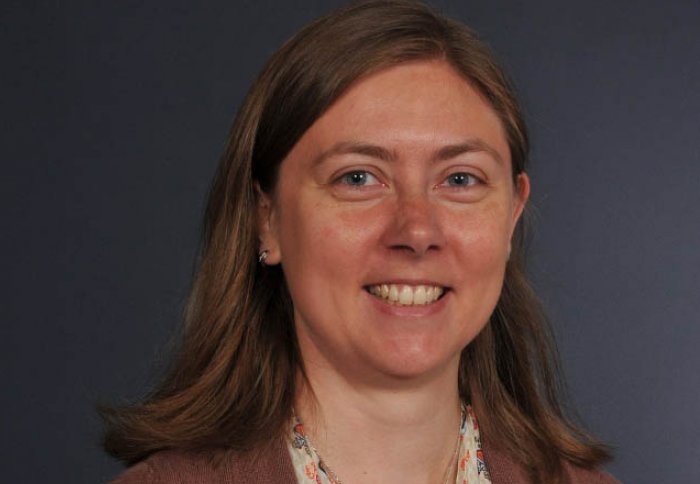From mice to men: expanding the focus of leukaemia research
by Jenn Rowater

Life scientist Dr Cristina Lo Celso will be joining the Francis Crick Institute next year, advancing research into leukaemia.
Imperial College London is one of the founding partners of the Crick, a large interdisciplinary medical research institute that will contain 1,250 scientists tackling health and disease challenges. Research there will help us understand why diseases develop and find new ways to prevent, diagnose and treat illnesses such as cancer, heart disease, infections, and neurodegenerative diseases.
Dr Lo Celso from the Department of Life Sciences is one of six Imperial researchers who will be taking up the first round of attachments at the Institute, in a state of the art new building that is due to open in London’s Kings Cross in 2016.
By analysing blood stem cells in the bone marrow of mouse models, Dr Lo Celso is working to understand the causes of leukaemia and improve the effectiveness of treatments. Leukaemia is a particularly difficult cancer to diagnose and treat, with a high risk of relapse and only a 5% chance of five-year survival for patients aged over 60, and a 50% chance for children.
Dr Lo Celso explains: “Relapse is caused by cancer cells that are resistant to chemotherapy and we had thought that there would be a special place in the body where these cells would reside. Through our work with mouse cells, we have found that actually the cells are migratory and constantly change their location in the bone marrow. This completely changes our approach; instead of targeting the hiding place of these cells, we may need to find a way to stop these chemo-resistant from moving”.
At the Crick, she will be taking this work forward by investigating human cells. “The exciting thing about our collaboration at the Crick is that for the first time, we will be able to look at human samples from patients with leukaemia,” says Dr Lo Celso. “This will enable us to better understand what goes wrong in the bodies of these patients and why they lose normal blood production. Very importantly for us, we will be able to confirm whether our findings obtained from mouse models apply to humans too.”
The collaboration will play to the strengths of both institutions.
“We have unique technology on the South Kensington campus – derived from the synergy between physicists, mathematicians, engineers,” says Dr Lo Celso. “We can use new machines here that allow us to address questions that otherwise wouldn’t be answerable.”
The Crick, meanwhile, will host many groups of leading cell biologists working on mammalian systems. This means that, for example, Dr Lo Celso’s team will be able to work with transgenic mice at the Crick to explore how healthy or leukaemic human blood stem cells behave, using the state-of-the-art microscopes at Imperial to analyse them.
“We will be able to create a synergy between technology and biology,” says Dr Lo Celso. “It is very exciting and we can’t wait to get started.”
If you would like to offer support or discuss the role you could play in helping the College achieve its goals, please contact Patrick Stewart on 020 7594 2667 or Seema Jagdev on 020 7594 5313.
Article text (excluding photos or graphics) © Imperial College London.
Photos and graphics subject to third party copyright used with permission or © Imperial College London.
Reporter
Jenn Rowater
Advancement